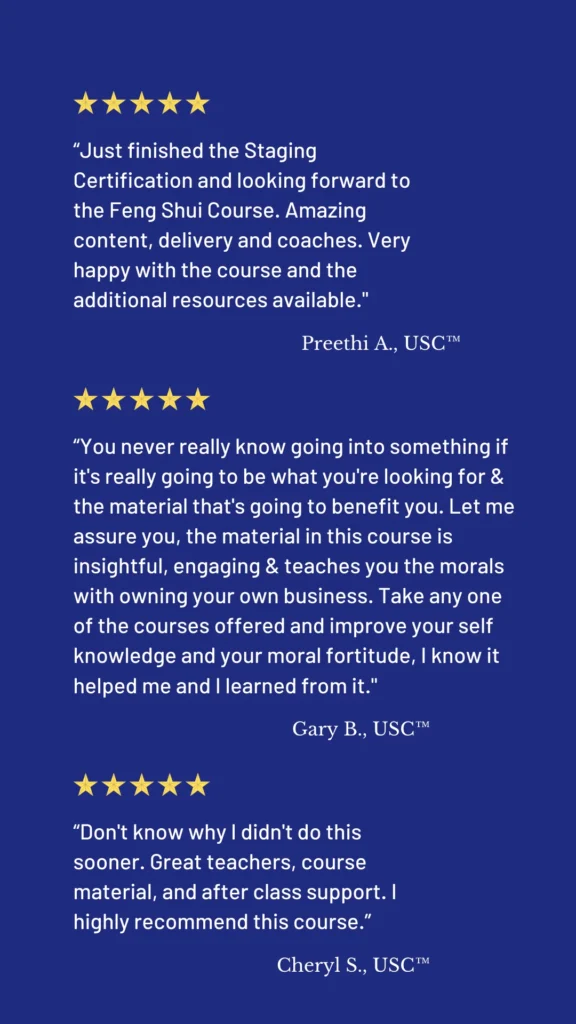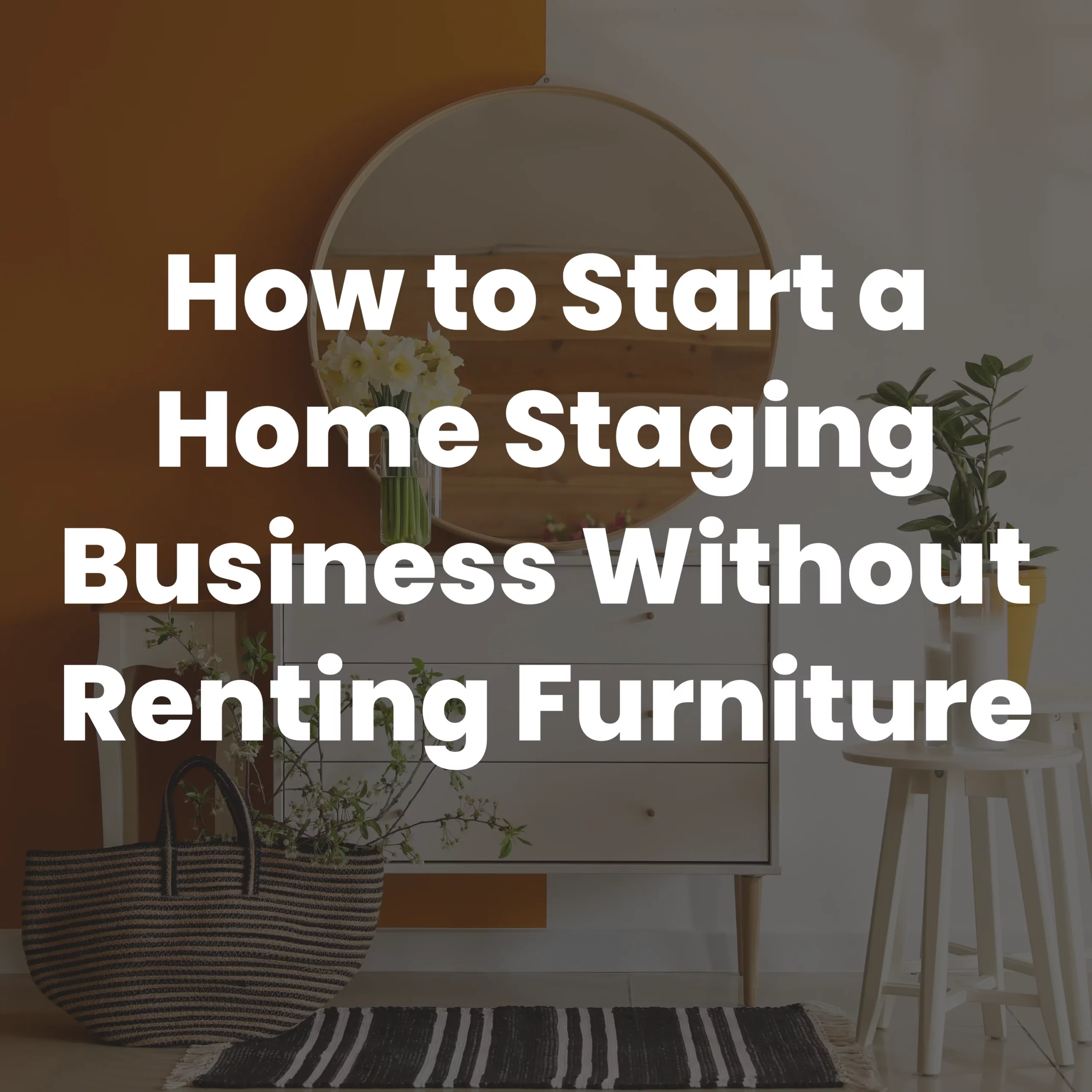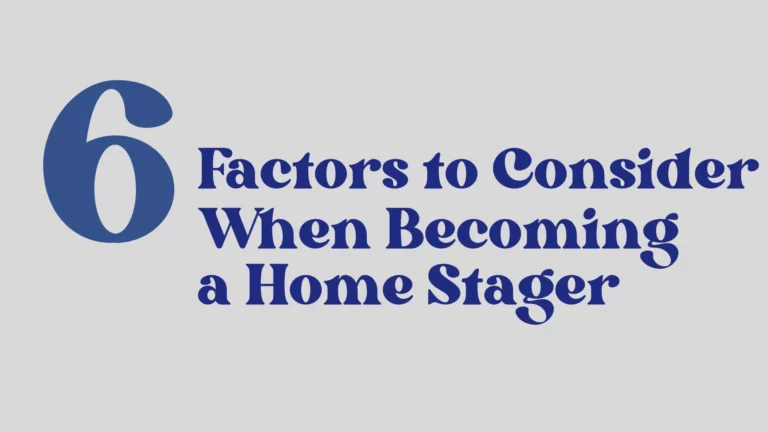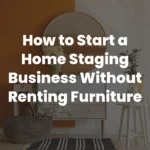How To Incorporate Virtual Staging Into A Home Staging Business
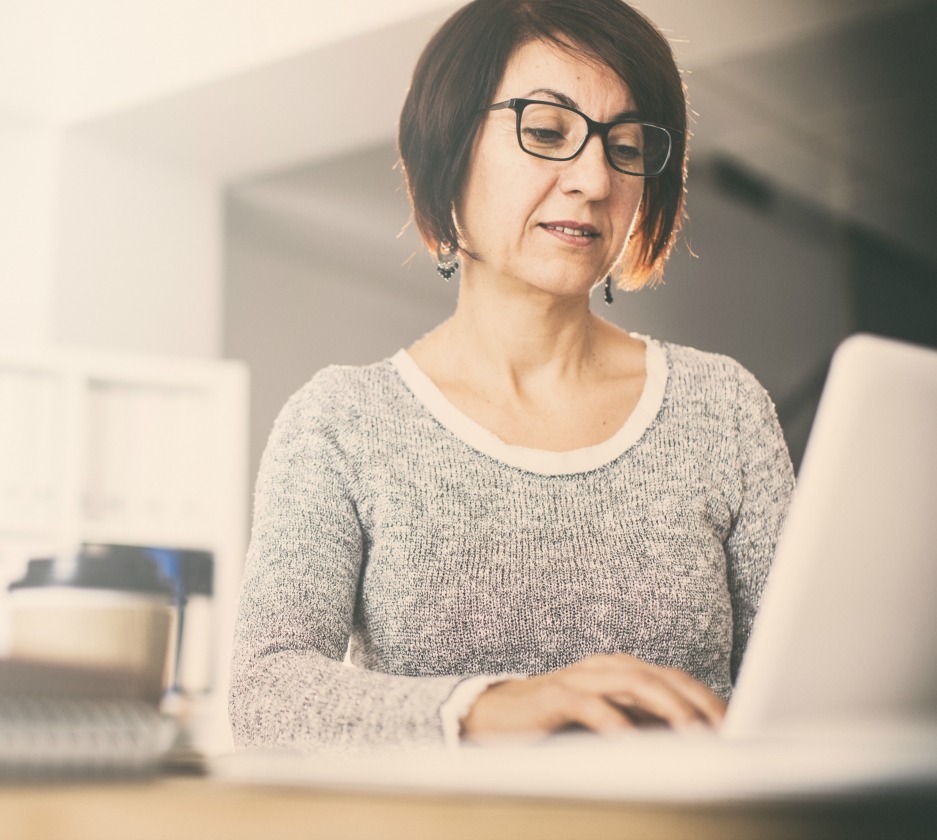
As technology evolves, so do the tools available to home stagers. Virtual staging, the process of adding computer-generated furnishings and decor to photos of real rooms, has emerged as a cutting-edge method to enhance property listings.
While it may not replace the tangible impact of traditional staging, virtual staging offers a versatile and cost-effective supplement, especially when traditional staging isn’t feasible.
Understanding Virtual Staging
Virtual staging allows stagers to digitally insert furniture and accessories into photographs of an empty or furnished home. This technique can also digitally remove unwanted items, presenting a cleaner, more attractive version of the space.
It’s particularly useful for marketing homes online, where first impressions are made through listing photos.
Pros of Virtual Staging:
- Cost-Effective: Virtual staging is generally less expensive than its traditional counterpart, making it an accessible addition to your staging services.
- Versatility: Ideal for properties under construction, undergoing renovations, or vacant homes where physical staging is impractical.
- Wide Range of Options: From DIY apps to professional services, virtual staging offers a spectrum of tools to suit various needs and skills.
Cons of Virtual Staging:
- Potential Misrepresentation: Care must be taken to avoid misleading buyers with enhancements that don’t accurately reflect the property’s features.
- Quality Variability: Poorly executed virtual staging can detract from a listing’s appeal, appearing unrealistic or outdated.
- Limited Furnishing Updates: Some tools may not regularly refresh their furnishing and decor options, risking a dated look in the staged photos.
When to Use Virtual Staging:
- Pre-Construction or Renovation: Jumpstart the listing process by virtually staging spaces that are not yet complete.
- Vacant Homes: Complement physical staging by virtually decorating select rooms, saving on costs and labour.
- Flexible Room Usage: Show the potential of versatile spaces by presenting them with different functions in virtual staging, alongside traditional staging.
Implementing Virtual Staging:
While virtual staging opens new possibilities, it’s essential to use it judiciously to complement traditional staging efforts. Transparency with potential buyers is key; it’s important for real estate agents to clearly indicate when photos have been virtually staged to maintain trust. This approach ensures that when homeowners view a property, their expectations are aligned with reality, minimizing the risk of disappointment.
It’s crucial to strike a balance between enhancing a property’s appeal and presenting an accurate representation of its current state. Over-reliance on virtual staging can lead to a disconnect between the online portrayal and the actual visit, potentially undermining buyer trust and interest.
As part of Ultimate Academy®’s comprehensive Home Staging course, stagers learn the fundamentals of traditional staging. Ultimate Academy®’s Home Staging course covers the theoretical and practical aspects of staging, as well as the business, sales, and marketing strategies essential for running a successful staging business.
In Ultimate Academy®’s Home Staging course, students learn to navigate various staging scenarios, including when and how to incorporate virtual staging to enhance a property’s appeal.
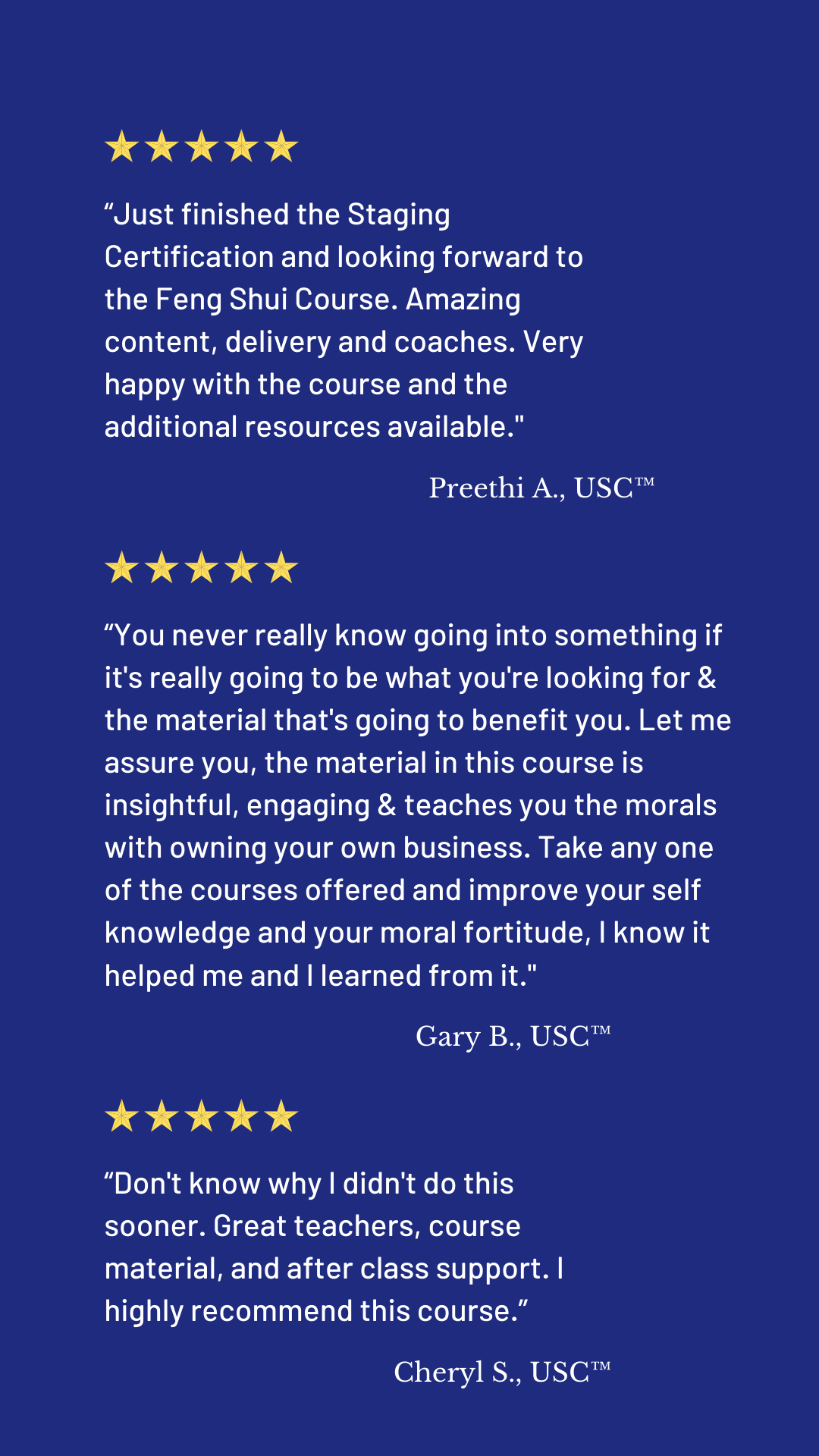
Learn About our Home Staging Certification
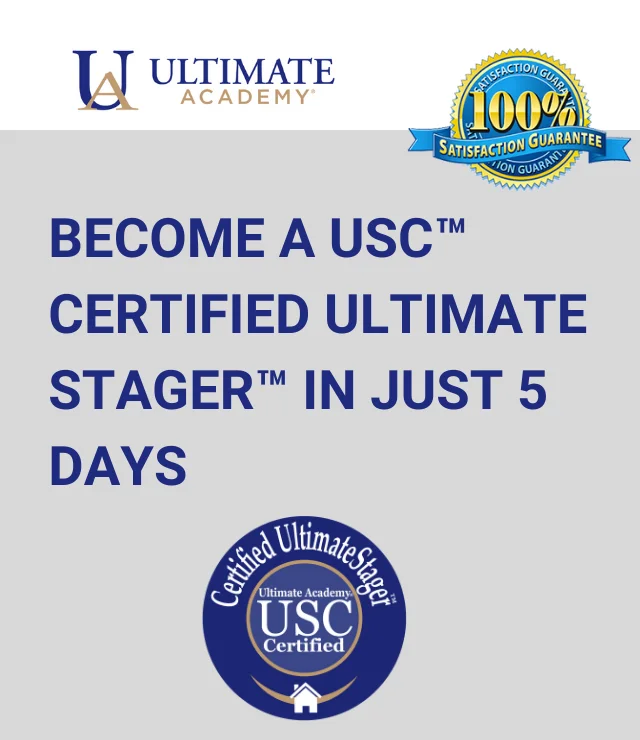
FAQs About Virtual Staging
Virtually staging a house involves taking photos of empty rooms and then using software to insert digital images of furniture and decor. This process enhances the photo to make the space look furnished and appealing, helping potential buyers visualize themselves in the home.
Virtual staging requires a good eye for design and familiarity with virtual staging software to achieve a realistic and attractive result.
The time required for virtual staging can vary based on the number of rooms to be staged and the complexity of the design.
Generally, a single room can be virtually staged in a few hours, provided you have the necessary photos and a clear vision for the design. However, for multiple rooms or more detailed projects, it could take a day or more.
Physical staging involves placing real furniture and decor items in a home to prepare it for sale, enhancing its appeal by allowing potential buyers to see themselves living in the space. It’s particularly effective for homesellers and helps create an emotional connection with the property.
Virtual staging, on the other hand, uses digital tools to achieve a similar effect without the physical items, offering a cost-effective alternative for showcasing a property’s potential.
Ultimate Academy®’s Home Staging course delves into physical staging, and briefly discusses virtual staging. This course teaches you how to make a property market-ready and appealing to buyers. Ultimate Academy®’s focus on physical staging comes from more than 13 years of experience in the home staging industry; seeing potential homebuyers looking at a physically staged home and expressing that they can see themselves in the home, along with the ability of physical staging to sell a home faster, has demonstrated the benefits of physically staging a home.
Additionally, according to a survey by the National Association of Realtors, 83% of buyers’ agents said staging a home made it easier for a buyer to visualize the property as their future home. This statistic underscores the powerful impact of physical staging in helping potential buyers emotionally connect with a space, envisioning it as their own and potentially speeding up the decision to make an offer.
The course is comprehensive, with the first part focusing on the theoretical and practical aspects of home staging, including selecting and arranging furniture and accessories. The second part addresses the business, sales, and marketing aspects, providing a well-rounded education for aspiring home stagers.
Virtual staging can be effective, particularly in attracting online interest, as it helps potential buyers visualize the potential of a home without the need for physical furniture and decor. However, physical staging often works better in creating a deep, emotional connection with buyers.
Physically staging a home allows buyers to experience the space tangibly — they can move through it, feel the ambiance, and imagine living there more vividly than through virtual staging alone.
While virtual staging is cost-effective and versatile, allowing for quick changes in style or decor to suit different tastes, it doesn’t provide the same sensory experience as physical staging. A study by the National Association of Realtors found that staged homes often sell faster and for higher prices, suggesting that the investment in physical staging can offer tangible benefits in the real estate market.
While virtual staging is a valuable tool, especially in the initial phases of attracting buyers’ interest online, physical staging has a stronger impact in final decision-making, often making it the preferred choice for maximizing a home’s appeal and sale potential.
